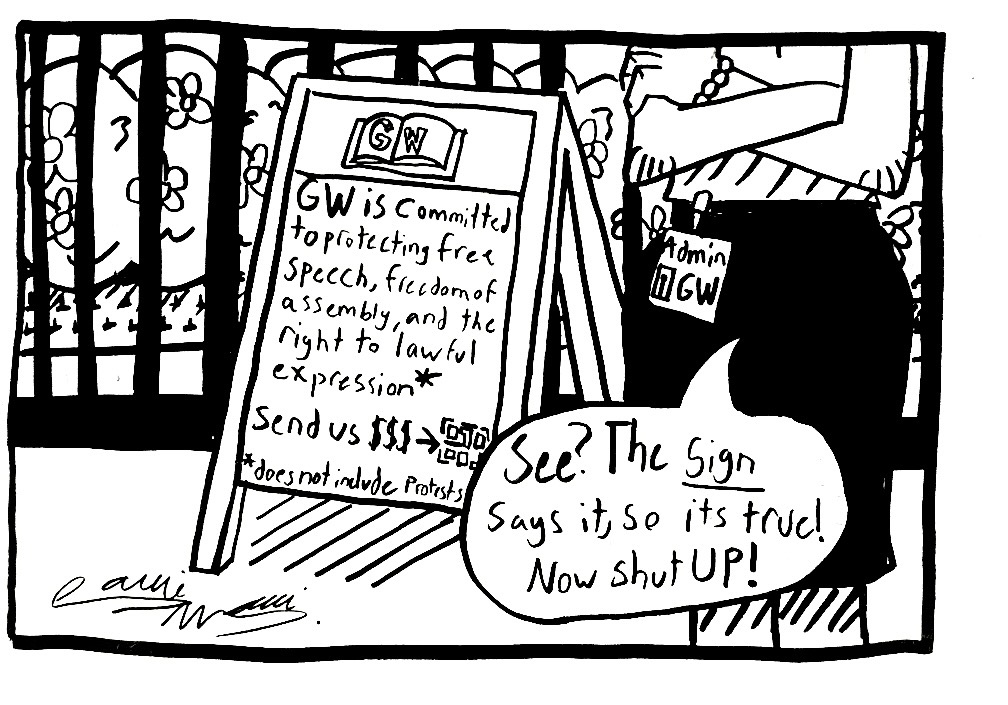The story of the Atlanta spa shootings last month may have come as a shock to many people, but anti-Asian hate is nothing new.
With the COVID-19 pandemic, America is reaching its most intense racial hostility against Asian Americans, but anti-Asian hate is not a pandemic-related issue. The same hatred against Asian Americans was prevalent in the past, galvanized by xenophobia and “Yellow Peril,” or the idea that Asian immigrants posed a threat to western values. We cannot ignore the history of hatred in U.S. history because it informs the current state of the country.
Upon the very first arrival of Asian immigrants in the 1850s, Americans expressed an unprecedented level of xenophobia toward Asian immigrants. The term “Yellow Peril” was created to define the social upheaval at the time. Asian Americans were treated as an infectious disease that would rend American — Western — values. Still to this day, many Americans dislike Asian Americans and view them as a threat to U.S. culture. Although there has been enough time for European immigrants who came in the 1850s to become “Americans,” Asian Americans are still unfortunately viewed as “foreigners.” Students and the GW community need to see the cyclical nature of that antagonism against Asians in this country. These issues have happened before and will continue to happen until we recognize xenophobia in this country and actively work to fight it.
Interestingly, “Yellow Peril” is not a concept only governed by White supremacy. As the Asian American community started being stereotyped as a “model minority” – which is the belief that Asians are unlike other minorities because they are successful in the country’s capitalistic state – it has been facing discrimination and racially motivated attacks from non-White offenders. This means that Asian Americans are not being accepted as “fellow Americans,” even within the minority communities.
Chris Kwok, a board member of the Asian American Bar Association of New York, told Voice of America in March that Americans are not opening enough of a dialogue into the perpetrators of hate crimes. He is right. We are talking about the fact that hate crimes are happening against Asian Americans, but we are not talking enough about the root cause. We know eight women of Asian descent are victims of the more recent horrific act of hate, but where is the dialogue about the person behind the crime? That conversation is more difficult than recognizing the Asian Americans who have been attacked, but it is necessary to understand this hatred in the United States.
Despite the recent activism of the Black Lives Matter movement, the Asian community received a wave of violence, just like in years past. Although Asian Americans have been residents of the United States as much as other American immigrants, they are still not accepted as fellow Americans to this day. This is an inevitable outcome laid by indiscreet stereotyping that only serves to heighten the friction between different minority groups.
History repeats itself. From the Civil Rights movement, Japanese American internment and the 1992 Los Angeles riots to the BLM movement and Atlanta spa shootings, racial hostility has always recurred. This cycle has to stop, and the first step is to recognize all Americans as the same Americans and to not look through a lens of “Asian” Americans, “White” Americans, “African” Americans or “Latino” Americans.
Yeji Chung, a sophomore majoring in political science, is an opinions writer.


